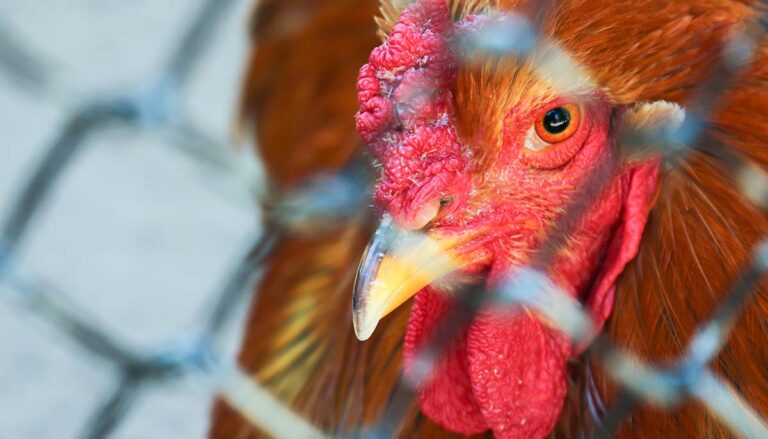Bird flu, or avian flu, has killed millions of chickens and turkeys, even though the risk to people remains low, a troubling rise in cases affecting mammals are a step toward making the leap into human infections.
What to know about the latest bird flu outbreak
Bird flu, technically called avian influenza, is a disease caused by an infection with Type A avian influenza viruses, according to the Centers for Disease Control and Prevention (CDC).
Over the past twelve months, more than 58 million domestic fowl, which includes chickens and turkeys, have either died or have been eliminated as a result of a large outbreak of the avian flu, according to the Department of Agriculture (USDA). This is one contributing factor for why egg prices are sky high right now, as the elimination of birds has resulted in an egg shortage.
This recent 2022-2023 avian flu outbreak is the deadliest in United States history, and was characterized as “highly pathogenic” in terms of the infection’s ability to cause disease, and its severity, affecting both commercial and backyard flocks, according to the USDA.
47 US states affected
Nearly every US state has confirmed cases of avian influenza. As of the period ending February 20, 2023, the USDA confirmed 47 states have been affected, 15 in the last 30 days. The total affected birds is 58.39 million. A total of 316 commercial flocks have confirmed infections, as do 449 backyard flocks. The state of Mississippi has a significantly higher occurrence than other states, while Pennsylvania, California, Iowa, and Kansas have been strongly affected. Other states with notable levels of bird flu infections are Washington, Oregon, Wyoming, Missouri, Florida, North Carolina, Virginia, New York, Rhode Island, New Hampshire, and Maine.
Should humans worry?
According to the CDC, the risk for humans is low, but they are making recommendations for poultry workers and bird outbreak responders to follow worker protection recommendations and wear personal protective equipment (PPE). Hunters should also use precautions.
However, BuzzFeed points out that this particular avian influenza virus – the H5N1 strain of influenza – has a mortality rate in humans of 50%. For this reason, scientists are keeping a close watch.
Avian influenza is quickly spreading to mammals
What’s also disconcerting is that this H5N1 virus is now infecting mammals, which moves the disease one step toward making the species jump from infecting birds to humans. During 2022 and thus far in 2023, the virus has been detected in more than 120 wild mammals, including skunks, red foxes, and grizzly bears.
Outside the US, an outbreak of avian influenza was detected at a mink farm in Spain, resulting in the calling of 52,000 infected animals. This week, four dead seals tested positive for bird flu in Scotland, and 580 sea lions also tested positive for avian influenza in Peru.





